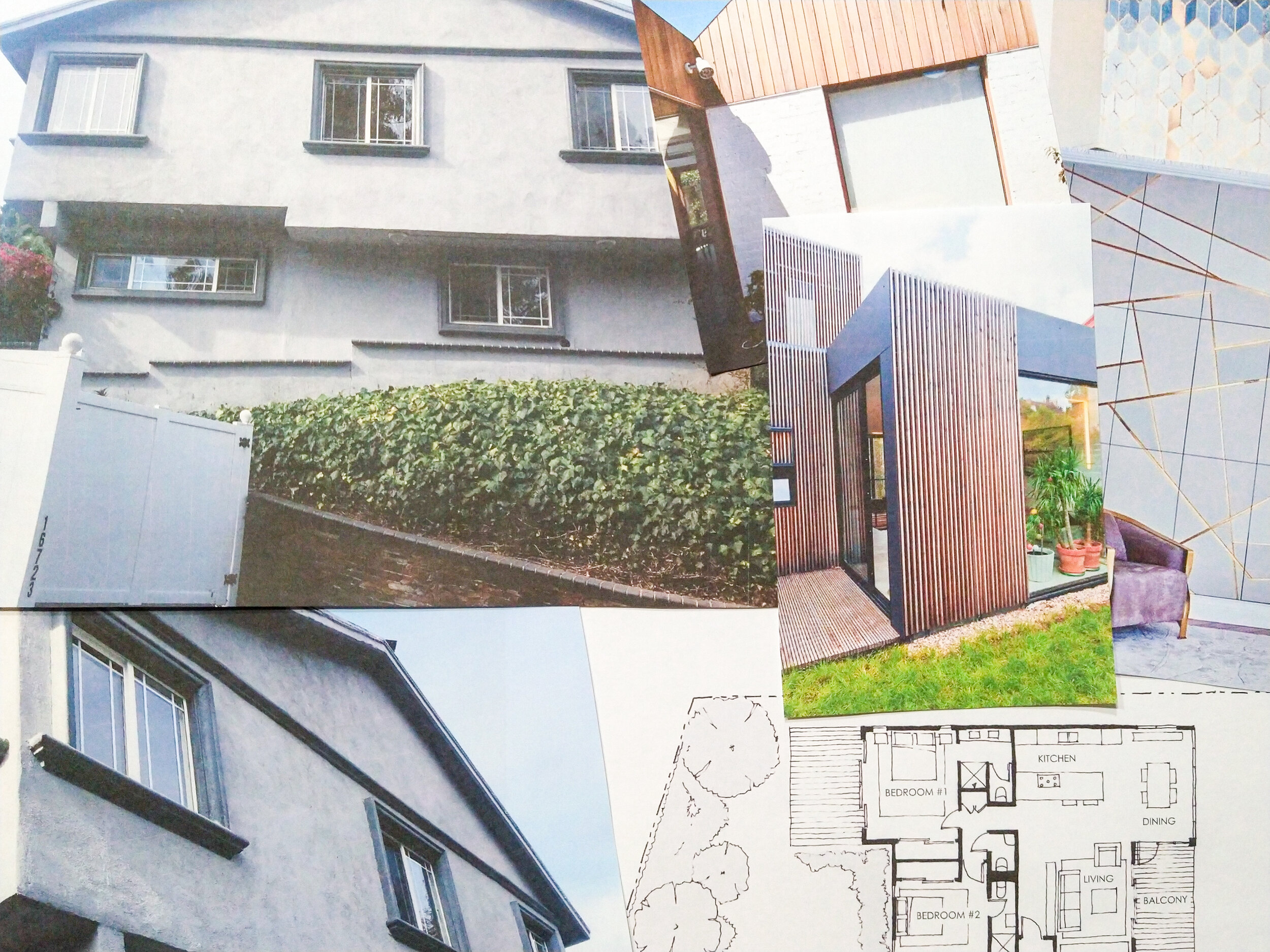case study
SUNSET
PACIFIC PALISADES | los angeles, CA
Over the course of the last 200 million years, tectonic friction between the Pacific and North American plates slowly compressed continental crust upwards, giving rise to the Santa Monica Mountains and the ravines at its foothills and shores, known today as the Pacific Palisades.
As recently as 13,000 years ago, people settled the area due a temperate climate, widespread flora, and ample water supply. Over 1,000 Tongva and Chumash archeological sites have been found in the Santa Monica Mountains, many of a sacred nature.
By the late 1700s, Tongva and Chumash lands were colonised and distributed to Spanish settlers for use as ranches. Land use of some rancherías and pueblos persisted through the conflicts leading to the treaty of Guadalupe-Hidalgo. Since the late 1800s, ranch tracts have been subdivided and sold in parcels of land, developed, and further subdivided into lots for sale to mostly migrant settlers of a burgeoning California.
The diaspora of peoples during and soon after the Second World War gave way, among other things, to a mid-century modernist architectural style. This style spread throughout Southern California and is a typology that is succinctly expressed in the Case Study Houses project.
In these ravines, we find the Sunset House project. An existing 1954 hillside home on Sunset Blvd updated to reflect the language of the nearby Case Study Houses.







